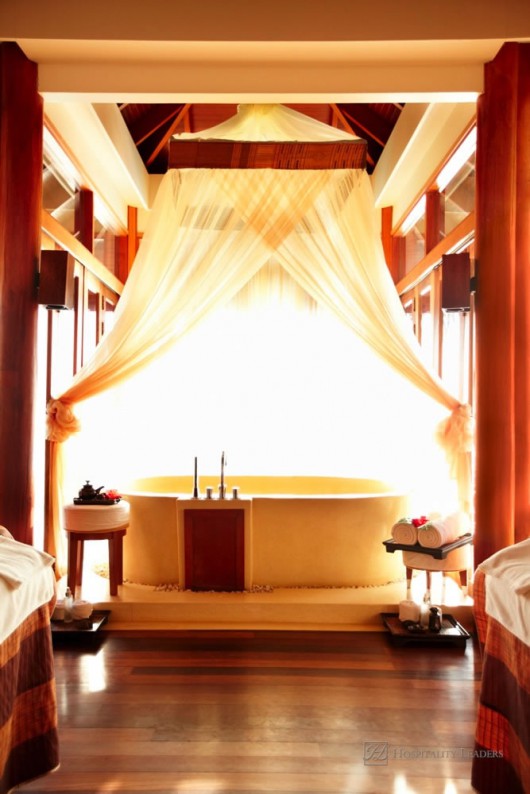
Travel has not always been compatible with wellness, but this is changing
Travel today can be bad for your health. Airport stress and transportation hassles, jet lag and poor sleeping, disruption of exercise routines, and excesses in eating, drinking, and sun exposure can leave a traveller more stressed and less well after a trip. A recent Columbia University study of business travellers found that frequent and extensive travel can even increase cardiovascular risk factors (obesity, high blood pressure, high cholesterol).1
This is ironic because many people look forward to travel as an adventure and as an opportunity to rejuvenate and de-?stress. In fact, when an SRI International survey asked consumers what they do to maintain/enhance their personal wellness, ?take a vacation? was among the top five activities selected.2?As more and more people pay attention to their health, they increasingly want to keep up their healthy habits when they travel. And a growing segment of travellers are even taking trips specifically focused on maintaining and improving their personal health and well-?being. This is driving the growth of wellness tourism.
Although wellness tourism is a relatively new niche segment within the global travel and tourism industry, the practice of wellness-?focused travel is not new. Since ancient times, people have visited the Dead Sea for its therapeutic properties. Romans travelled to baths, hot springs, and seaside resorts for treatments, healthier climates, purification, and spiritual rituals. For 1,500 years, the Japanese have travelled to hot springs or onsen for healing and community. In spite of the rigors of travel in today?s world, the act of travel itself has long been considered a wellness-?enhancing activity.
Click here to read more.

